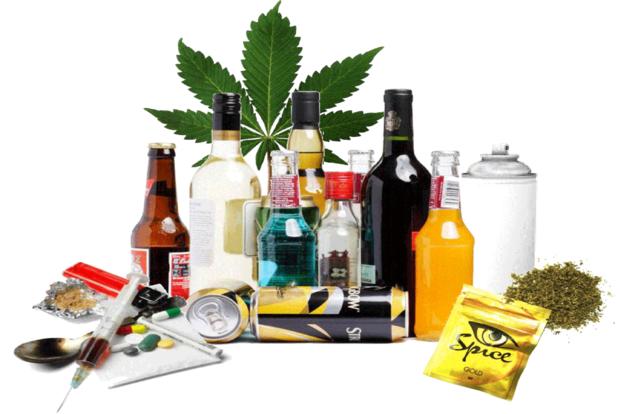Addiction is a chronic, often relapsing brain disease that causes compulsive substance seeking and use, despite harmful consequences to the addicted individual and to those around him or her. Although the initial decision to abuse substances is voluntary for most people, the brain changes that occur over time challenge a person's self control and ability to resist intense impulses urging him or her to use substances.
Fortunately, treatments are available to help people counter addictions' powerful disruptive effects. Research shows that combining addiction treatment medications with behavioral therapy is the best way to ensure success for most patients. Treatment approaches that are tailored to each patient's substance abuse patterns and any co-occurring medical, psychiatric and social problems can lead to sustained recovery and a life without drug abuse.
Similar to other chronic, relapsing diseases, such as diabetes, asthma or heart disease, drug addiction can be managed successfully. And as with other chronic diseases, it is not uncommon for a person to relapse and begin abusing substances again. Relapse, however, does not signal treatment failure--rather, it indicates that treatment should be reinstated, adjusted or that an alternative treatment is needed to help the individual regain control and recover.
The 2008 DoD Survey of Health Related Behaviors Among Active Duty Military Personnel survey indicates that the use of cigarettes and smokeless tobacco, high levels of alcohol intake, illicit drug use and the misuse of prescription drugs continue to impact the health of service members. In addition, other substances which may be legal but are unauthorized within the DoD remain on the radar of health care providers.
Why Do Some People Become Addicted While Others Do Not?
No single factor can predict whether a person will develop an addiction. Risk for addiction is influenced by a combination of factors that include individual biology, social environment and age or stage of development. The more risk factors an individual has, the greater the chance that taking drugs can lead to addiction. For example:
Biology
The genes that people are born with--in combination with environmental influences--account for about half of their addiction vulnerability. Additionally, gender, ethnicity and the presence of other mental disorders may influence risk for drug abuse and addiction.
Environment
A person's environment includes many different influences, from family and friends to socioeconomic status and quality of life in general. Factors such as peer pressure, physical and sexual abuse, stress and quality of parenting can greatly influence the occurrence of drug abuse and the escalation to addiction in a person's life.
Development
Genetic and environmental factors interact with critical developmental stages in a person's life to affect addiction vulnerability. Although taking drugs at any age can lead to addiction, the earlier that drug use begins, the more likely it will progress to more serious abuse, which poses a special challenge to adolescents. Because their brains are still developing in the areas that govern decision making, judgment and self-control, adolescents may be especially prone to risk-taking behaviors, including trying drugs of abuse.
Prevention Is the Key
Drug addiction is a preventable disease. Research has shown that prevention programs involving families, schools, communities and the media are effective in reducing substance abuse. Although many events and cultural factors affect substance abuse trends, when young people perceive drug abuse as harmful, they reduce their drug taking. Thus, education and outreach are key in helping people understand the risks of drug abuse.
For more information about drug addiction visit the National Institute on Drug Abuse.









